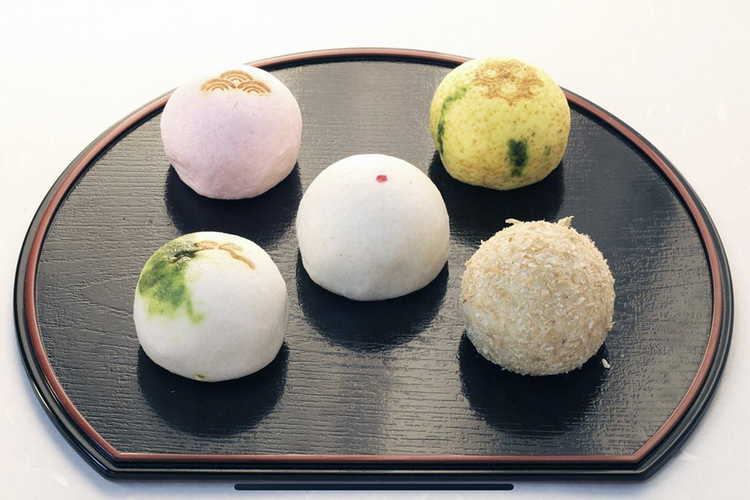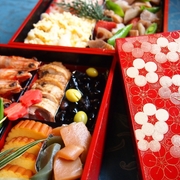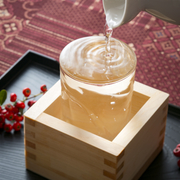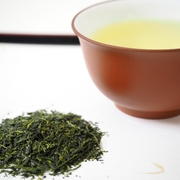Wagashi (Japanese sweets) has deep connection to Japanese people’s lives, from daily confectioneries like Daifuku or Manju, to ones for special occasions like seasonal events or celebrations.
Nowadays, Wagashi gains more attentions partly because Anko (red bean paste), one its ingredients, gets focused on its effects on health.
Originally, “Wagashi” and “Nihon-gashi” was named to differentiate from “Yogashi (sweets of foreign origin)” at the opening of a country in the Meiji period(1868-1912).
Wagashi includes not only Japanese traditional confectioneries such as Mochi, Manju, Yokan, Neri-mono, Higashi, Senbei, but also Nanban-gashi (sweets from Portugal or Spain) introduced in the Sengoku period(from the end of 15 century to the end of 16 century).
Let’s see the history of Wagashi and types of it.
History of Wagashi
Originally, “Kashi” was the word meaning fruits and tree nuts.
It is said that there was the original form of Mochi and Dango for carrying and preserving, in the late of Jomon period(131 B.C. to 4 B.C.), when rice farming was introduced.
From the Asuka(592-710) to the Heian period(792-1192), Kento-shi (Japanese envoy to Tang Dynasty China) brought To-gashi (fried and baked grains and beans kneaded with sweet seasonings), and from the Kamakura to the Muromachi period(1333-1573), Chinese sweets like Yokan and Manju came from China.
From the Sengoku to the Azuchi-momoyama period(1573-1603), Nanban-gashi like castella and Kompeito was introduced from Portugal and Spain, which had notable effects on Japanese sweets culture along with the establishment of Sado (tea ceremony).
In the Edo period(1603-1867), the amount of import of sugar, which was rare, was increased and the more shops specialized in making confectioneries appeared.
In Kyoto, confectioneries named after “Ka-cho-fu-getsu (beauties of nature, literally flowers, birds, wind, moon)” were created and spread to the nation as luxury confectioneries.
Since it was made from white sugar, which was expensive, not from black sugar, which was normally used, it was called as “Jyo-gashi” and popular among court nobles, Daimyo lords, rich merchants.
Local feudal lords promoted to create local representative confectioneries for gifts and tea parties.
With the maintenance of highways by Sankin-kotai (alternate attendance by Daimyo lord in Edo), each area came to have its own local representative confectioneries.
In the Meiji period(1868-1912), due to the collapse of the Edo shogunate, purveyor sweets shops closed.
Then after the opening of a country, more sweets of foreign origin were introduced and the word of “Nishon-gashi” and “Wagashi” came to be used to differentiate from “Yo-gashi (sweets of foreign origin).
Three Representative Wagashi
Wagashi has “three representative confectioneries”.
Those are generally cited in “Koshinoyuki” by Koshinoyuki Honpo Yamatoya (Niigata), “Yamakawa” by Furyudo (Shimane), and “Choseiden” by Morihachi (Ishikawa).
Those confectioneries are called Oshimono and Rakugan, which is molded sweets made with blends of rice flour, grain powder and sugar.
Each of them has long history and delicate taste.
K oshinoyuki
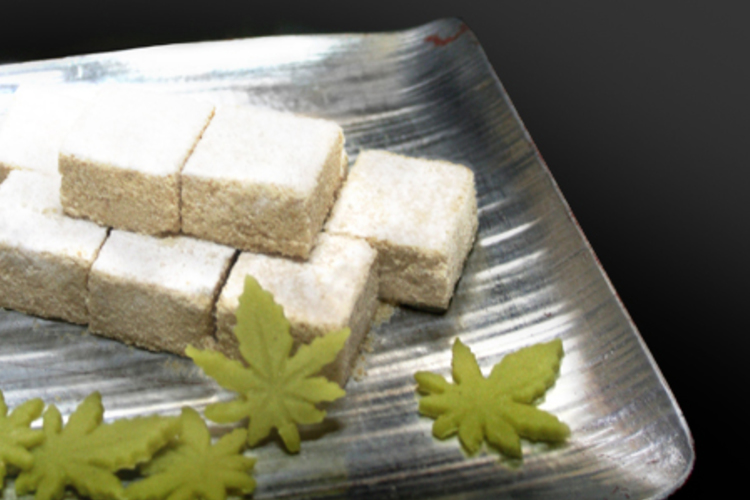
“Koshinoyuki” was named by the lord of the Nagaoka Domain and has been succeeded over 240 years.
In 1778, the sweets were offered to Tadakiyo Makino, the lord of the Nagaoka Domain, who was sick in bed.
After he got recovered, the lord Tadakiyo named it as “Koshinoyuki”.
Later, it spread widely as a gift on Sankin-kotai (alternate attendance by Daimyo lord in Edo), then it was popular among the patriots in the last days of the Tokunaga shogunate.
There is a famous story that Shinsaku Takasugi, the patriot of the Chosyu Domain revering the Emperor, sprinkled “Koshinoyuki” over pine tree bonsai and enjoyed it as snow viewing he would miss for that year, 10 days before he passed away.
The Emperor Meiji had “Koshinoyuki” on an imperial tour, and in the Showa period(1926-1989), it was defined as preservation technologies products by Ministry of Commerce and Industry and it was kept making during the war.
“Koshinoyuki” is Oshimono, which is a squarely molded sweets made with “Kanzarashi-ko”, rice flour proceeded by a unique method in Echigo area, and Wasanbon sugar made in Tokushima.
The name of Wasanbon sugar came from the manufacturing process “kneading sugar for three times on a Bon (tray)”. It is very fine and highly meltable sugar.
Koshinoyuki is made with special Wasanbon called “Nama”, which makes it as soft and fragile as fresh snow.
Once you put it in your mouth, delicate and elegant sweetness spreads and it melts as snow does with water. Then small grains of rice leave afterglow of taste and scent.
This is the natural and delicate Wagashi with rich flavor finely made with selected ingredients.
Y amakawa

“Yamakawa” is the representative confectionery regarded as one of “Fumaiko-konomi” of the tea master in the Matsue Domain.
Harusato Matsudaira, the 7th lord of the Matsue Domain, was called as the tea master “Fumaiko”, collected tea vessels and created many representative confectioneries.
Representative confectioneries including “Yamakawa” temporarily disappeared because those used a plenty of sugar, which was expensive in those days, but the head of Furyudo made effort to represent it with reference to books in the Taisho period(1912-1926).
“Yamakawa” is Rakugan made with Kanbaiko (glutinous rice flour), sugar and salt, which is served in a pair of red and white.
“Chiruwa Uki Chiranu wa Shizumu Momijiba no Kage wa Takao no Yamakawa no Mizu”
(Red leaves fall down and flow on a river of Mount Takao)
This is the traditional Japanese poem made by Fuaiko, describing “red” of mountains with red leaves and “white” of river stream.
At that time, it was served at tea ceremony arranging the colors of red and white to present the changes of seasons.
While it is one of Rakugan, it has chewy texture and melts slowly in mouth as it is formed firmly.
It has deep sweetness with softness and goes well with thick tea like Maccha as it was created by the tea master.
C hoseiden
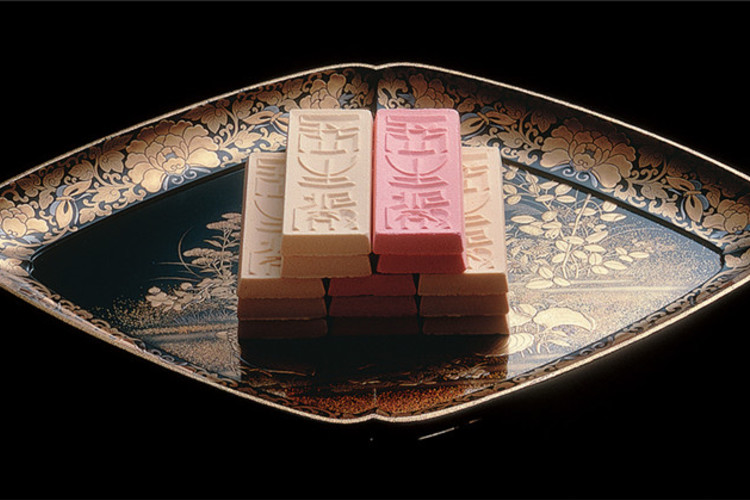
Choseiden is a confectionery with a long history, created and named by the tea master with ingenuity of the lord of the Kaga Domain.
This is a confectionery, which was created by the order of Toshitsune Maeda, the 3rd lord of the Kaga Domain, and it became famous for its name “Choseiden” given by Enshu Kobori, a prominent tea master.
In the Kaga Domain, the culture of tea ceremony was widely spread among ordinary people and many merchants and craftsmen learnt the tea ceremony etiquette. Even today, tea parties are often held in the Kaga area.
The name of “Choseiden” is printed on the surface of its thin rectangular form, which strengthens its presence.
It is said that the printed letters were modeled on the handwriting of Enshu Kobori, who named it.
Enshu Kobori is the first lord of the later Omi-Komuro Domain and the founder of Enshu-ryu in the tea ceremony.
“Choseiden” is made by forming the blends of glutinous rice flour of Kaga, Wasanbon of Aawa, and melted sugar finely in the wooden mold, which has been preserved over 300 years.
By blending repeatedly, the flour gets softer without any roughness.
Pale red made from Hon-beni (literally true red) in Yamagata presents vivid and elegant color.
At the first bite, you get crispy texture, then it gradually and softly melts away.
It has deep and elegant sweetness and delicate taste of original glutinous rice flavor.
At the End
Wagashi has a long history and has been developed with various efforts over years.
It is charm of Wagashi that you can feel Japanese culture through its history and people of each time.


